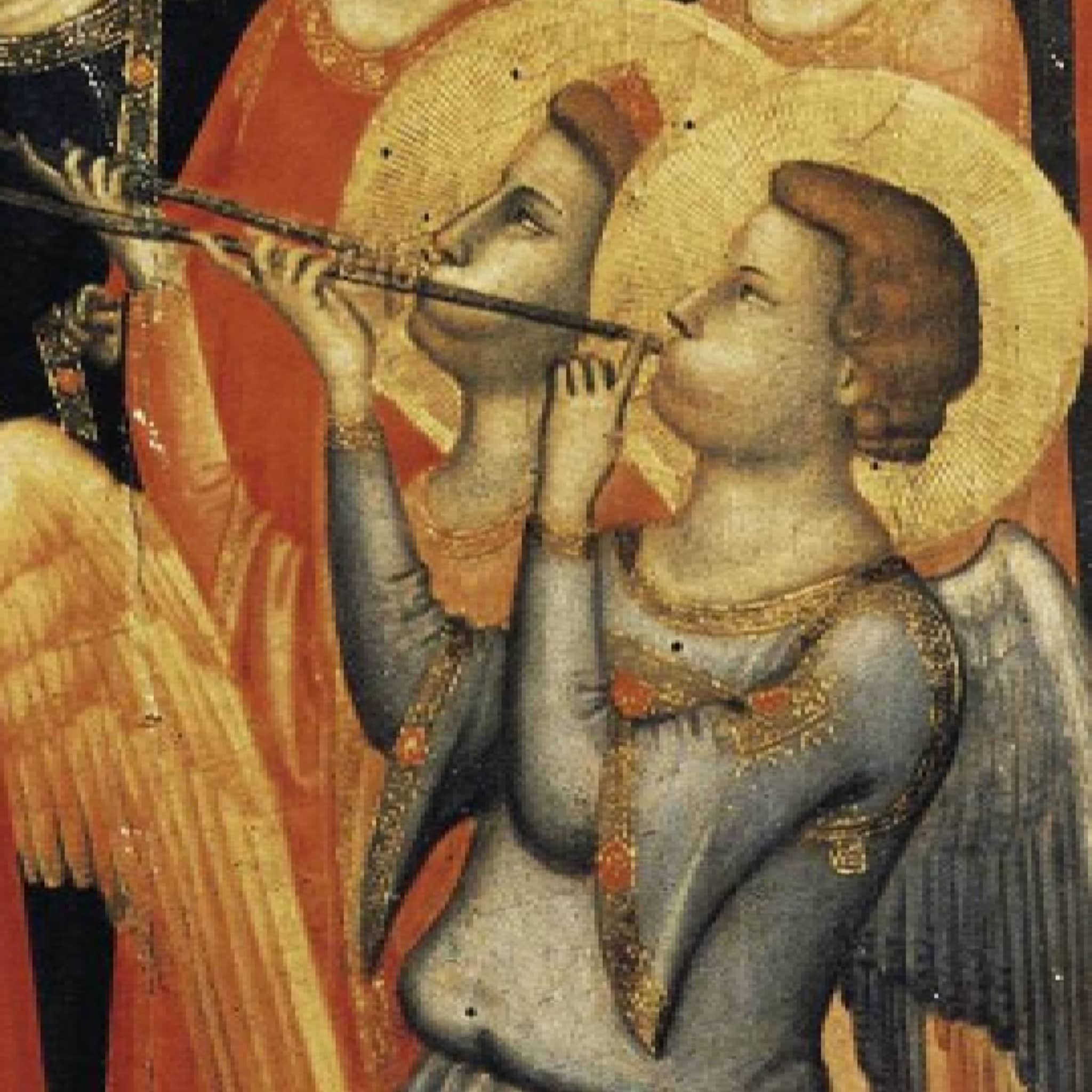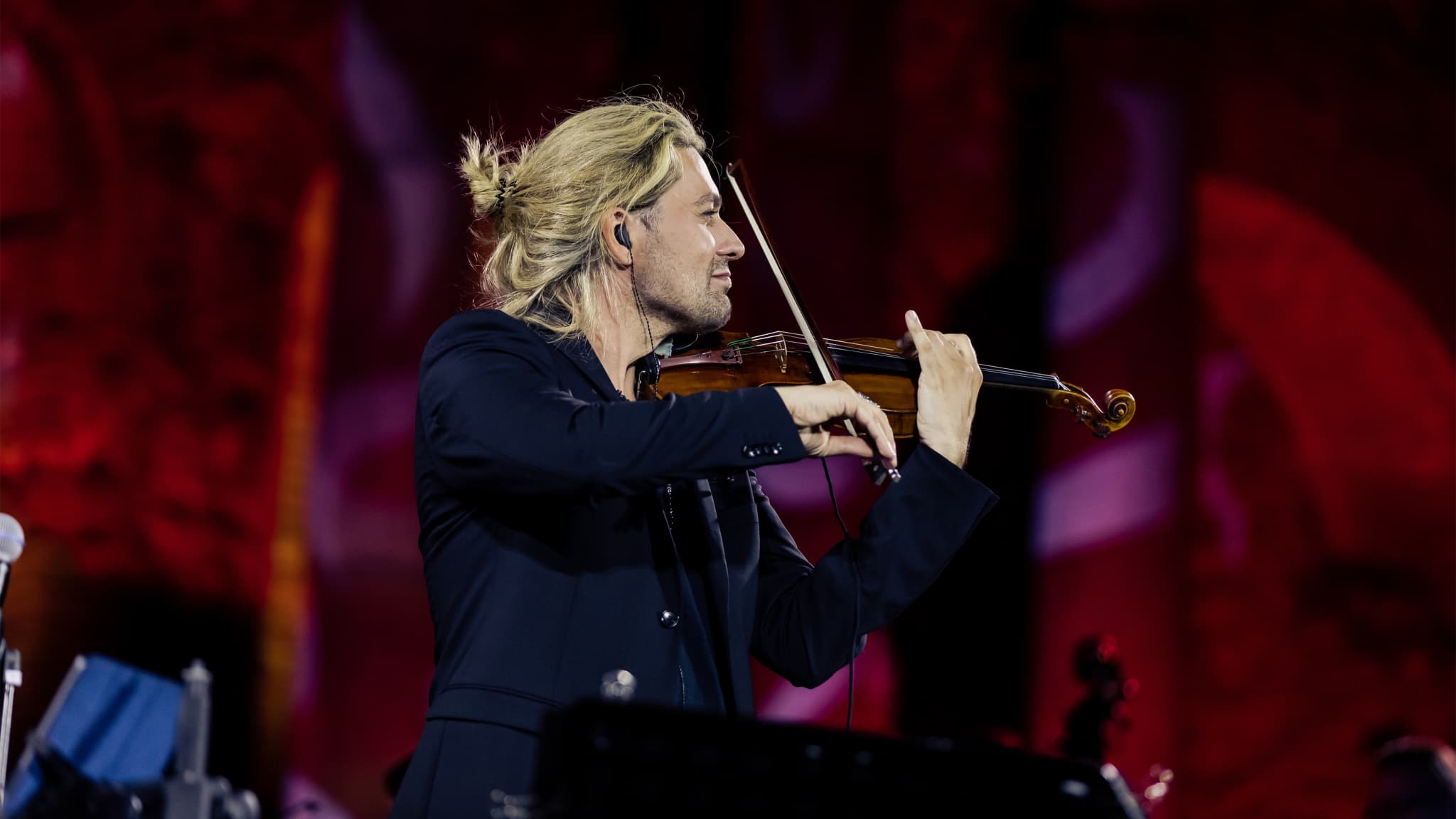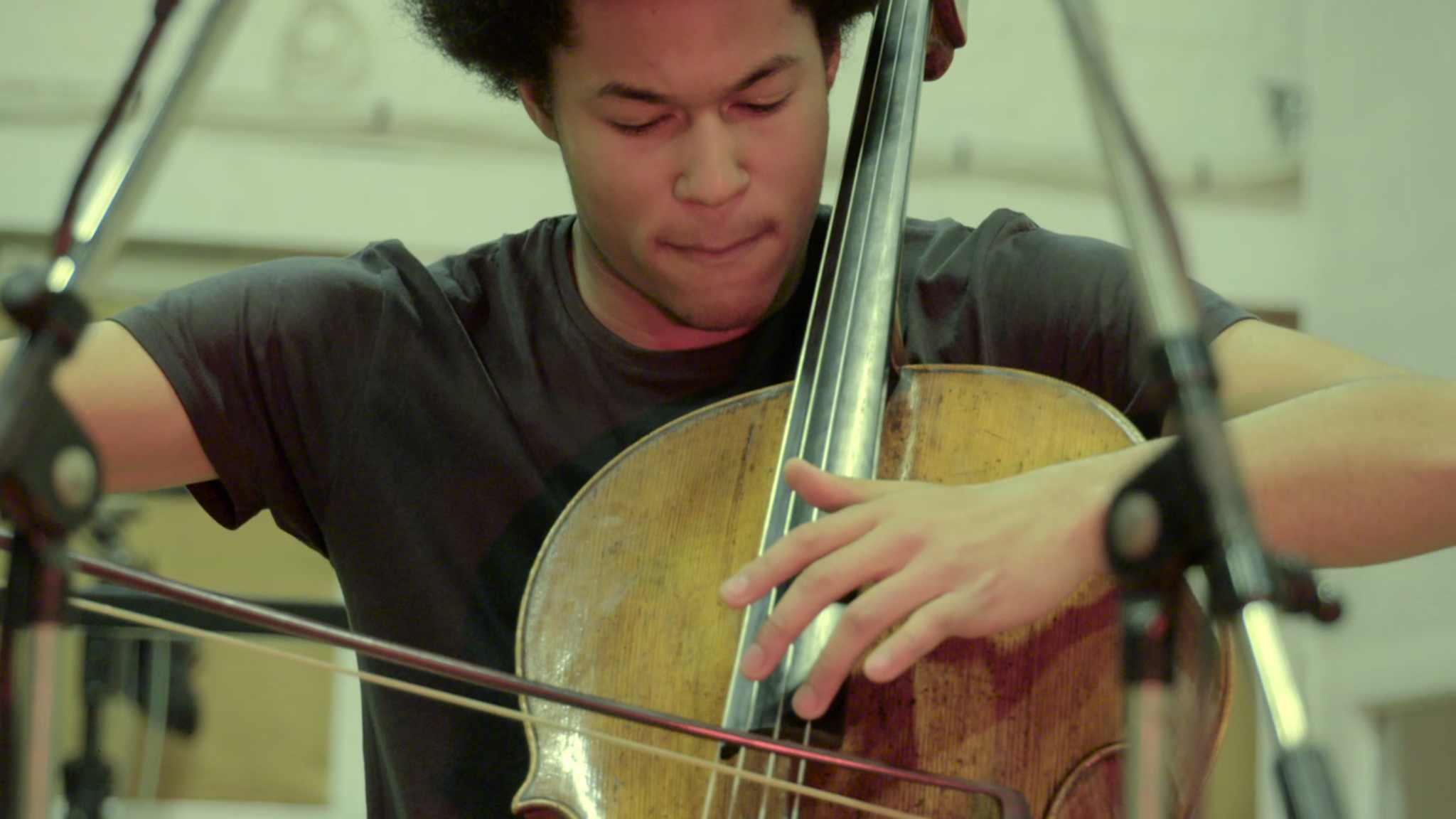Composers
Concerts and Operas
Albums
Short Videos
AboutMedieval

The Medieval era covers a vast 900-year period and based on the historical evidence we now have, marks the very beginning of classical music history. Laying the foundation for music as we know it today, the music evolved from monophonic Gregorian chant to heterophonic and eventually to both sacred and secular polyphonic music. It was during this time that a music notation system was developed and large theoretical advances were made in rhythm, polyphony and purely instrumental music.
For most of the era, monophonic music dominated, with single, unaccompanied melody lines, free in their rhythm and based on a system of modes. It wasn't until the end of the 13th and start of the 14th century that polyphony began to emerge. The first developments experimented with polyphonic textures, adding an organum, or second vocal line sung either at fixed intervals; moving in parallel or contrary motions; or melismatically over a fixed accompanying line. The most sophisticated and popular form of polyphony was the motet that, despite the prominent and important role of the church at the time, began to expand from liturgical and sacred texts to include secular topics. Some of the most prominent secular music of the period was performed by travelling musicians, known as troubadours and trouvères, who accompanied their own singing with string instruments like the lute, dulcimer, flute, vielle, psaltery, and hurdy-gurdy. The instrumental music that developed was both out of theatrical traditions and for performances at court.
With the start of the Ars nova ("new art") movement, the music saw a large increase in the variety of rhythm and independence of parts and laid the groundwork for modern music notation. The work of composer, poet, and bishop Philippe de Vitry had a large influence on future composers who adopted the new notation system that eventually spread throughout Europe. The Medieval era was replaced by the Renaissance at the start of the 15th century.











